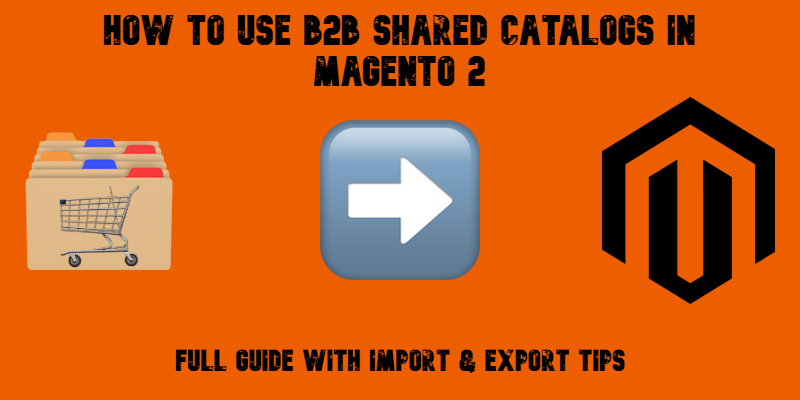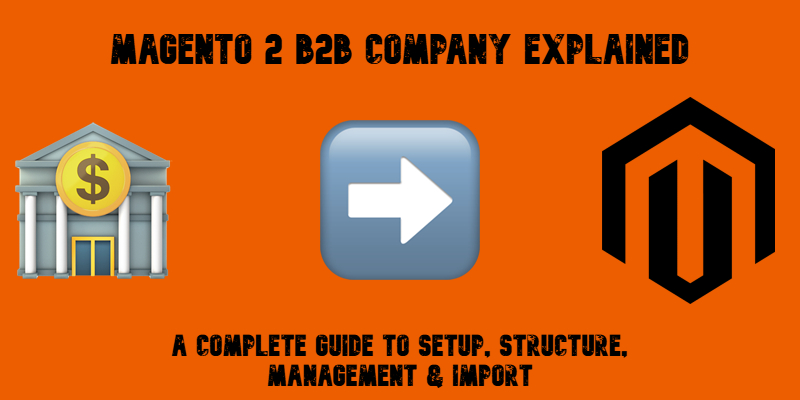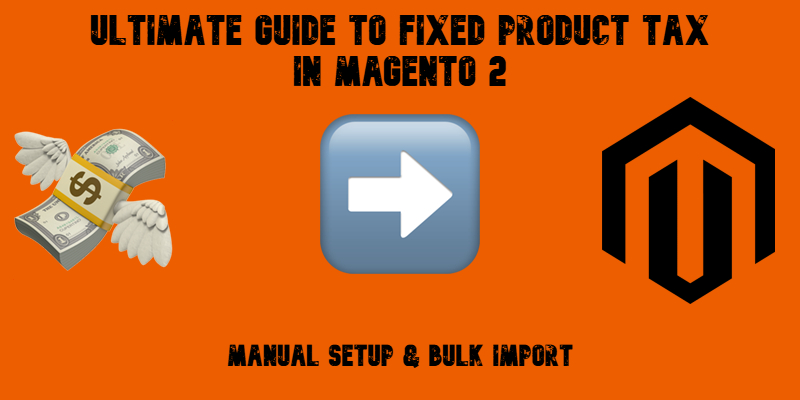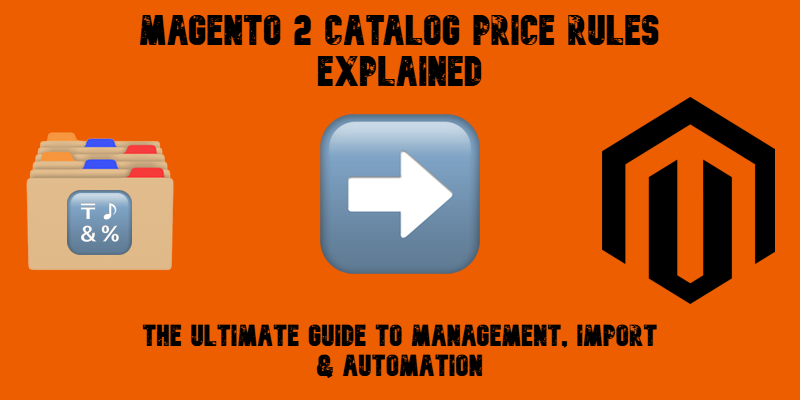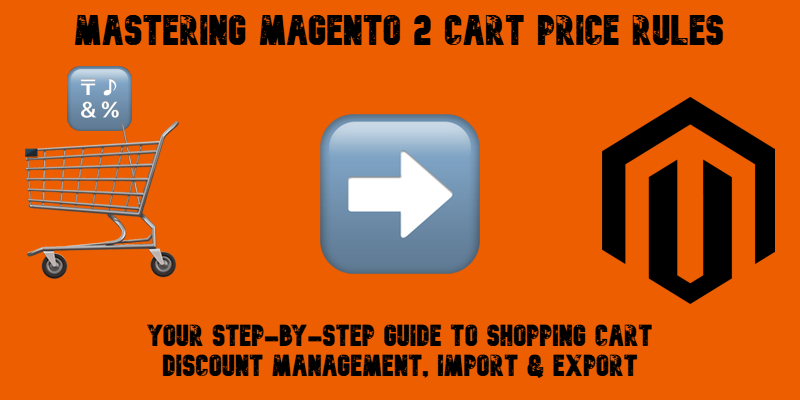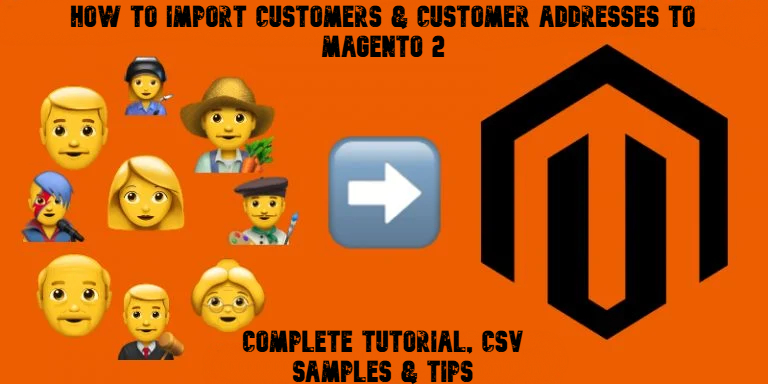B2B add-on of Improved Import & Export Extension Change Log
The B2B add-on is an additional module that works with the Improved Import and Export extension for Magento 2. It allows you to import and export Magento 2 Commerce Entities, such as companies, shared catalogs, and others.
others.
Add-on Manual |
B2B add-on of Improved Import & Export for Magento 2
1.3.8 (released 28.07.2025)
Features:
- Added support for Adobe Commerce 2.4.8
- Added support for Adobe Commerce B2B 1.5.2
- Enabled import of empty values using the __EMPTY__VALUE__ constant
- Now sends “assign role” email to customers when importing company roles
- Products can now be assigned to shared catalogs during product import via the new shared_catalog column (comma-separated catalog names supported)
- Added support for the new company_id column when importing the company structure
